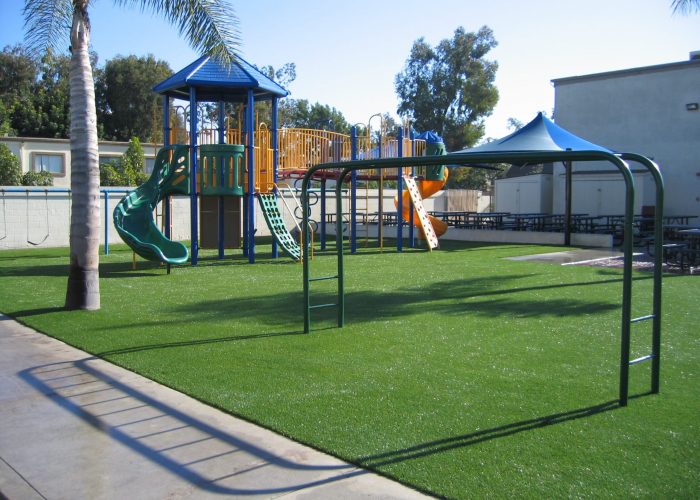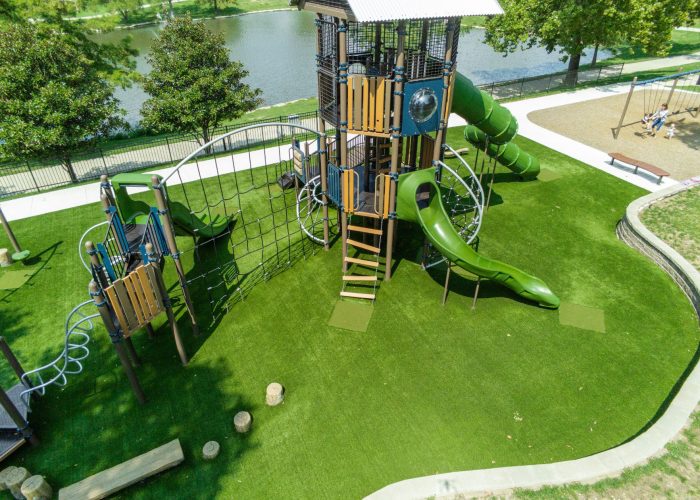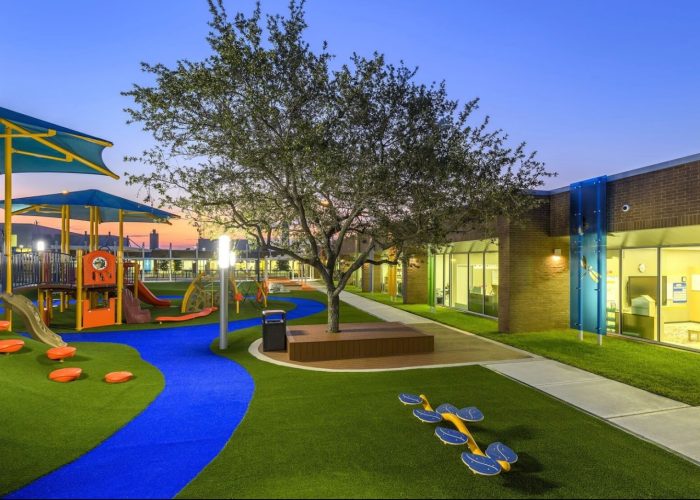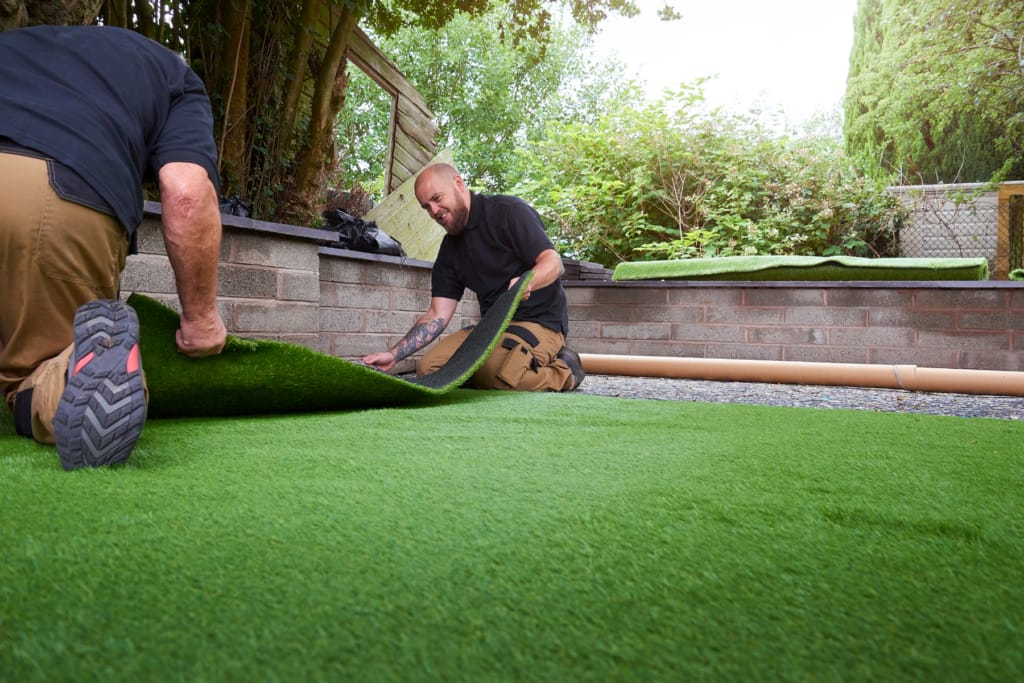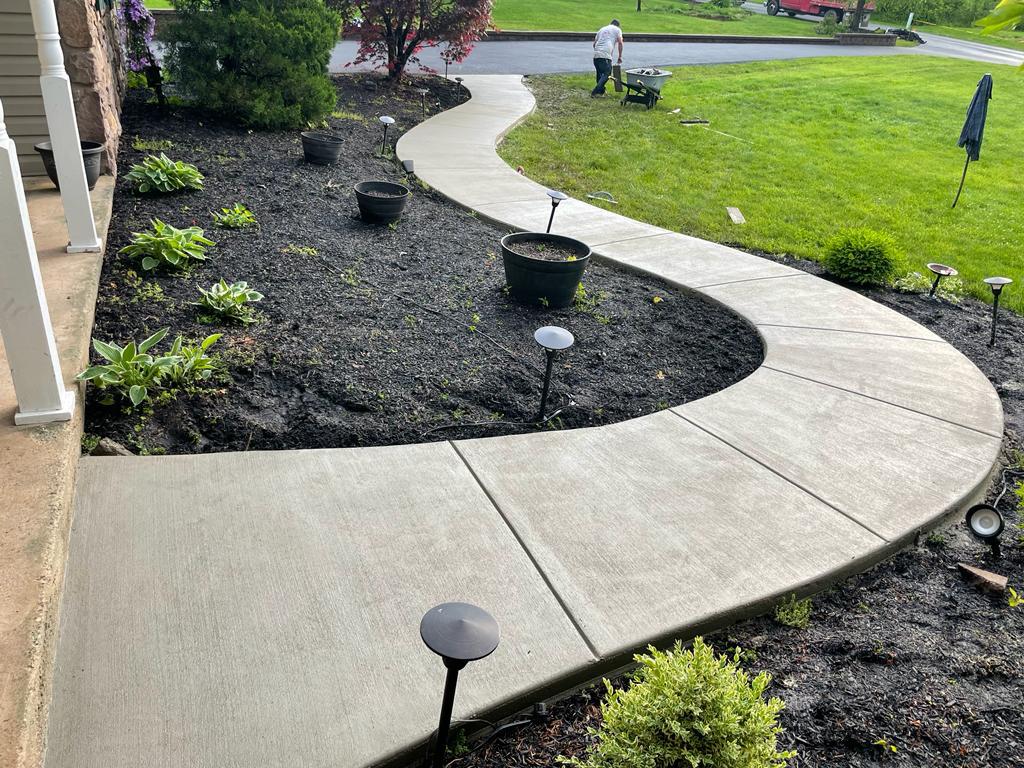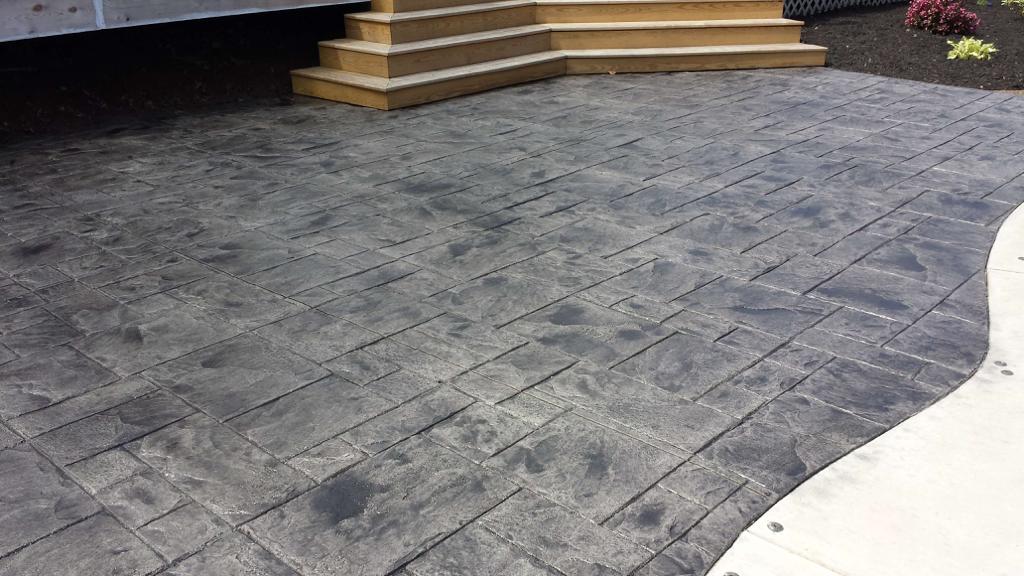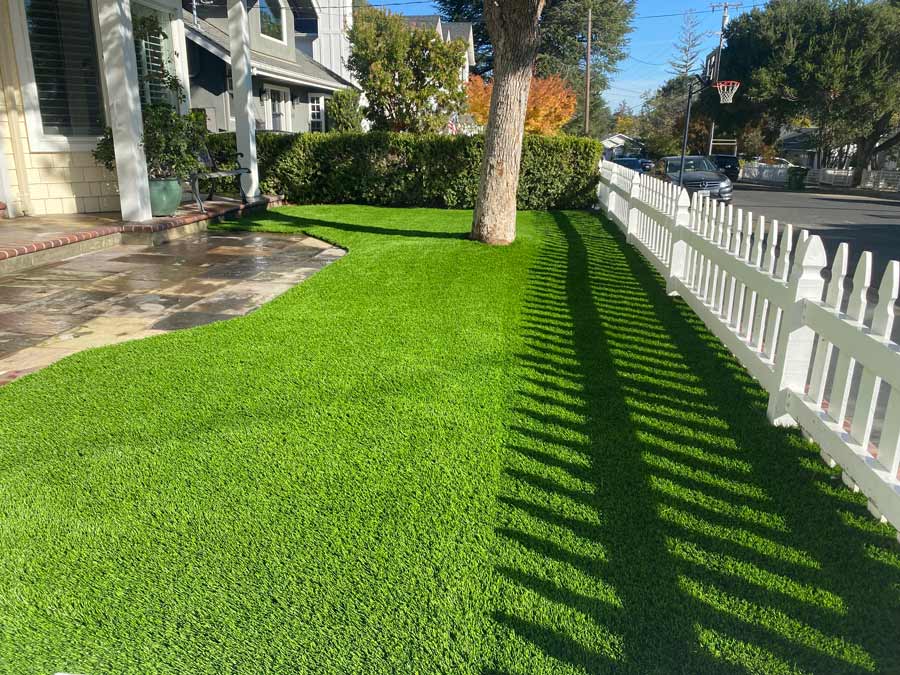Transforming playgrounds with artificial turf is a smart and practical choice that enhances safety, aesthetics, and playability. At Westack, we offer a range of high-quality artificial turf products specifically designed for playgrounds.
Safety First: Our artificial turf for playgrounds is designed with safety as a top priority. The cushioning properties of the turf provide a soft and impact-absorbing surface, reducing the risk of injuries from falls. This makes it an ideal choice for children’s play areas.
Durability and Resilience: Playgrounds experience heavy foot traffic and constant play, and our artificial turf is up to the challenge. Built to be durable and resilient, it withstands wear and tear, ensuring a long-lasting and attractive play surface for children.
Consistent Playability: Unlike natural grass, artificial turf maintains a consistent and even playing surface, offering a reliable area for various activities. It doesn’t develop uneven patches or mud, providing a smooth and enjoyable experience for kids.
Easy Maintenance: Maintaining a playground with artificial turf is hassle-free. Say goodbye to the challenges of mud, dirt, and patchy grass. Our synthetic turf requires minimal maintenance, making it a convenient option for schools, parks, and recreational areas.
UV Resistant and Fade-Free: Our artificial turf is UV resistant, ensuring that it maintains its vibrant color even under constant exposure to sunlight. This fade-free feature keeps the playground looking appealing and inviting for children over the long term.
Playful Designs: Enhance the visual appeal of the playground with our range of artificial turf designs. Whether you prefer vibrant colors, patterns, or themed designs, our turf options allow for creative and playful landscaping that sparks imagination and joy.
All-Weather Accessibility: Artificial turf ensures that the playground remains accessible in various weather conditions. Its efficient drainage system prevents water logging, making it suitable for play even after rain. This all-weather accessibility is a key advantage for year-round enjoyment.
Eco-Friendly Choice: Opting for artificial turf in playgrounds contributes to eco-friendly practices. It eliminates the need for water-intensive natural grass, aligning with conservation efforts and promoting sustainable landscaping.
Customized Solutions: Our team at Westack understands that each playground is unique. We offer customized solutions to meet specific size requirements, design preferences, and safety standards, ensuring that your playground is tailored to your vision and needs.


